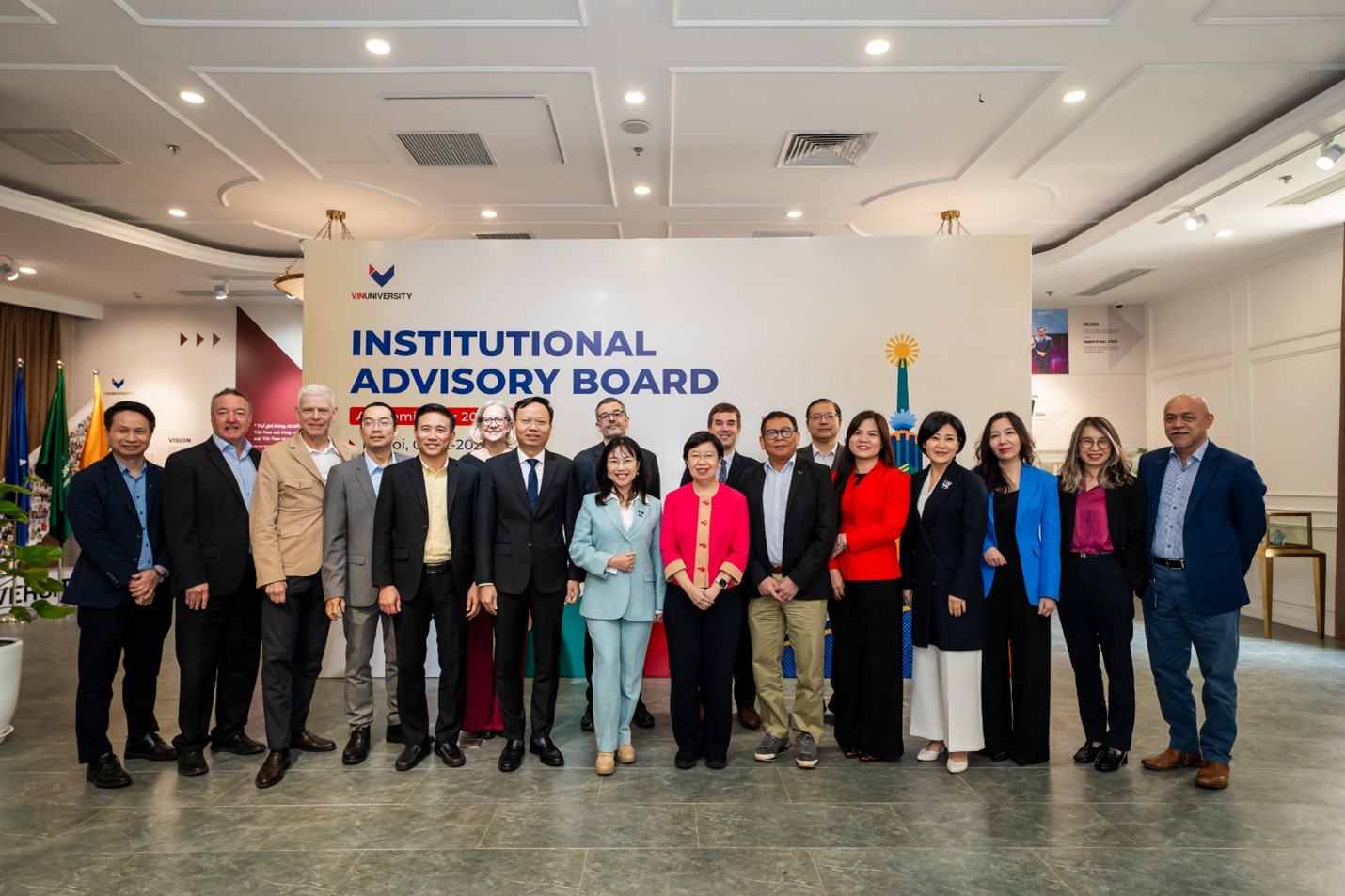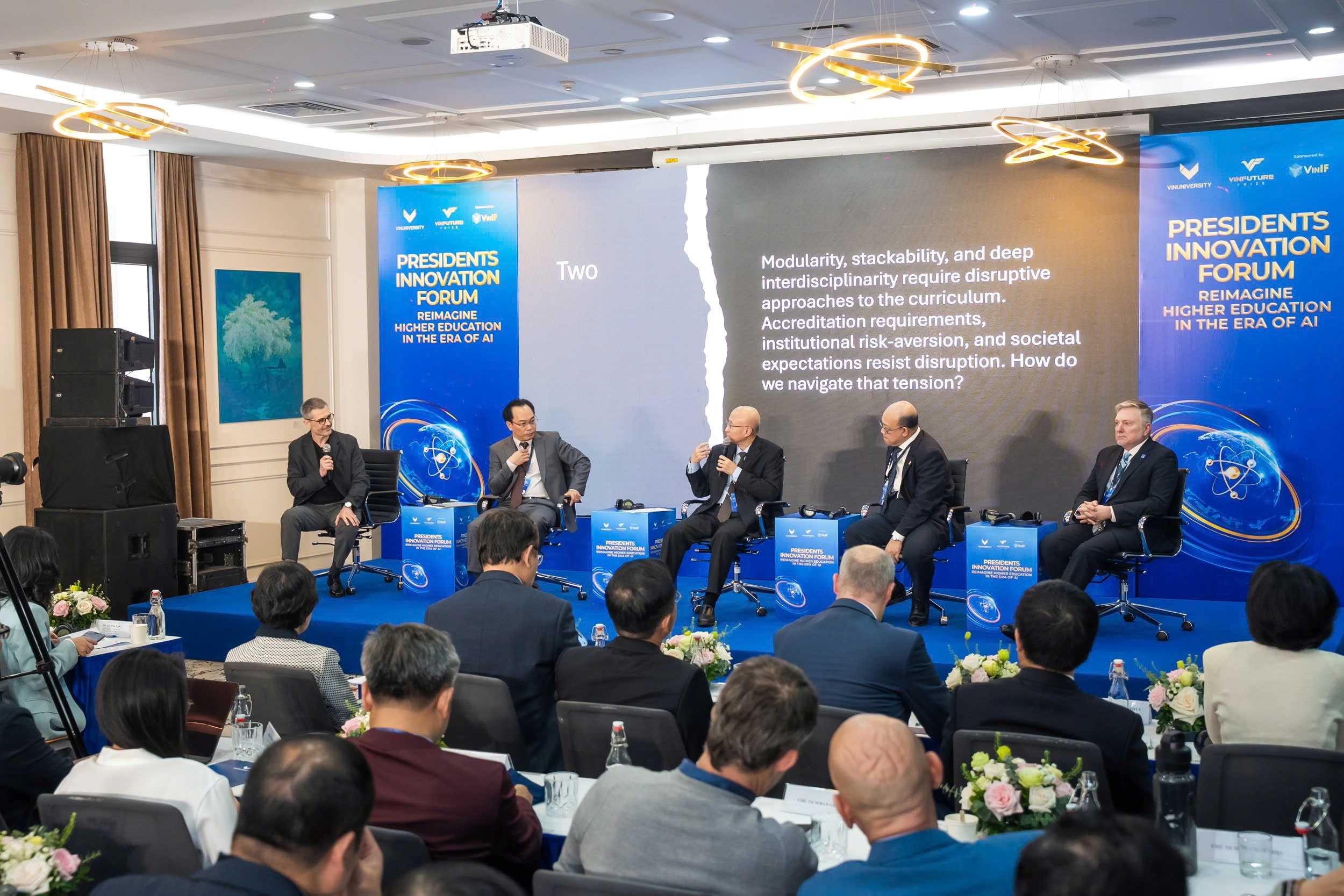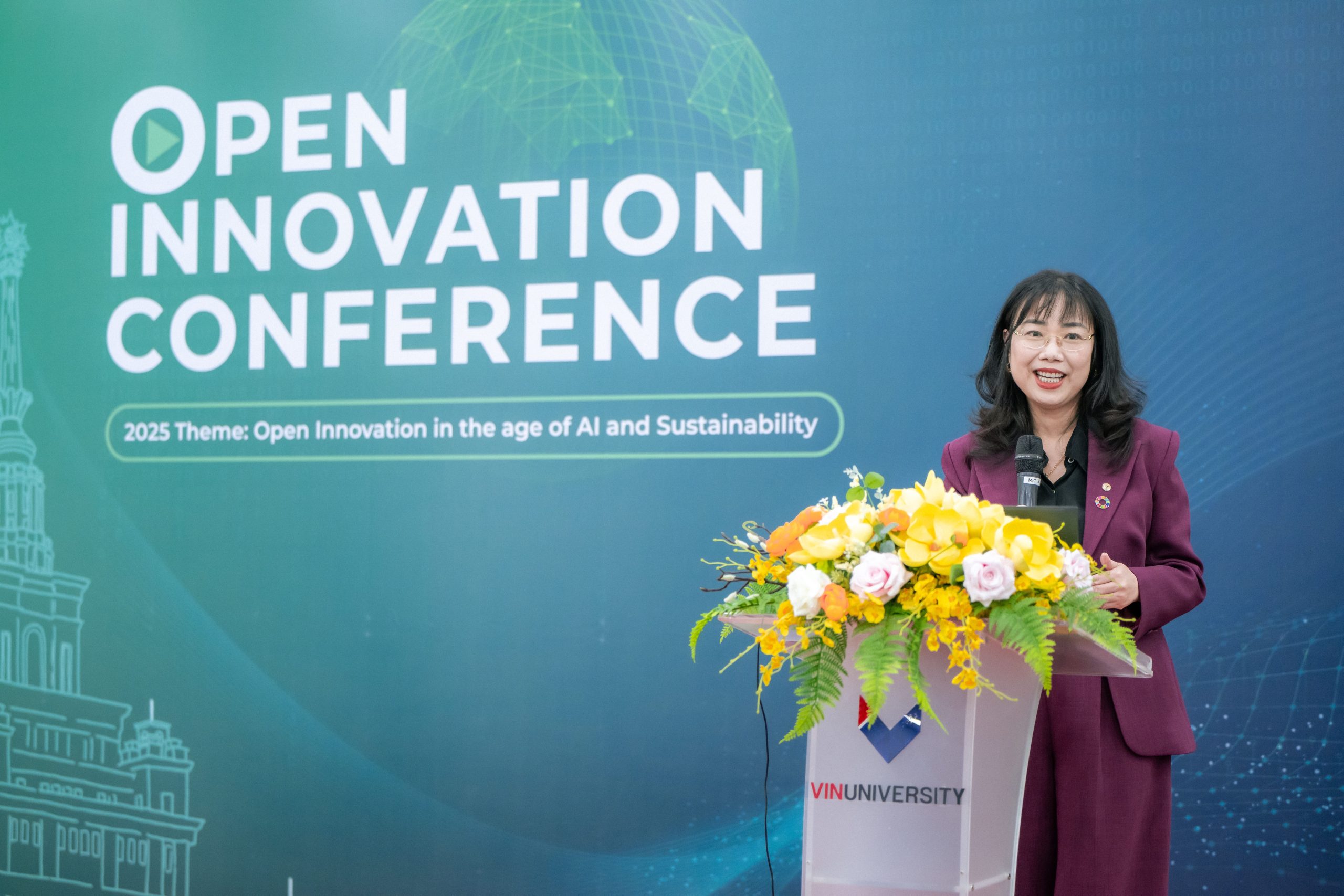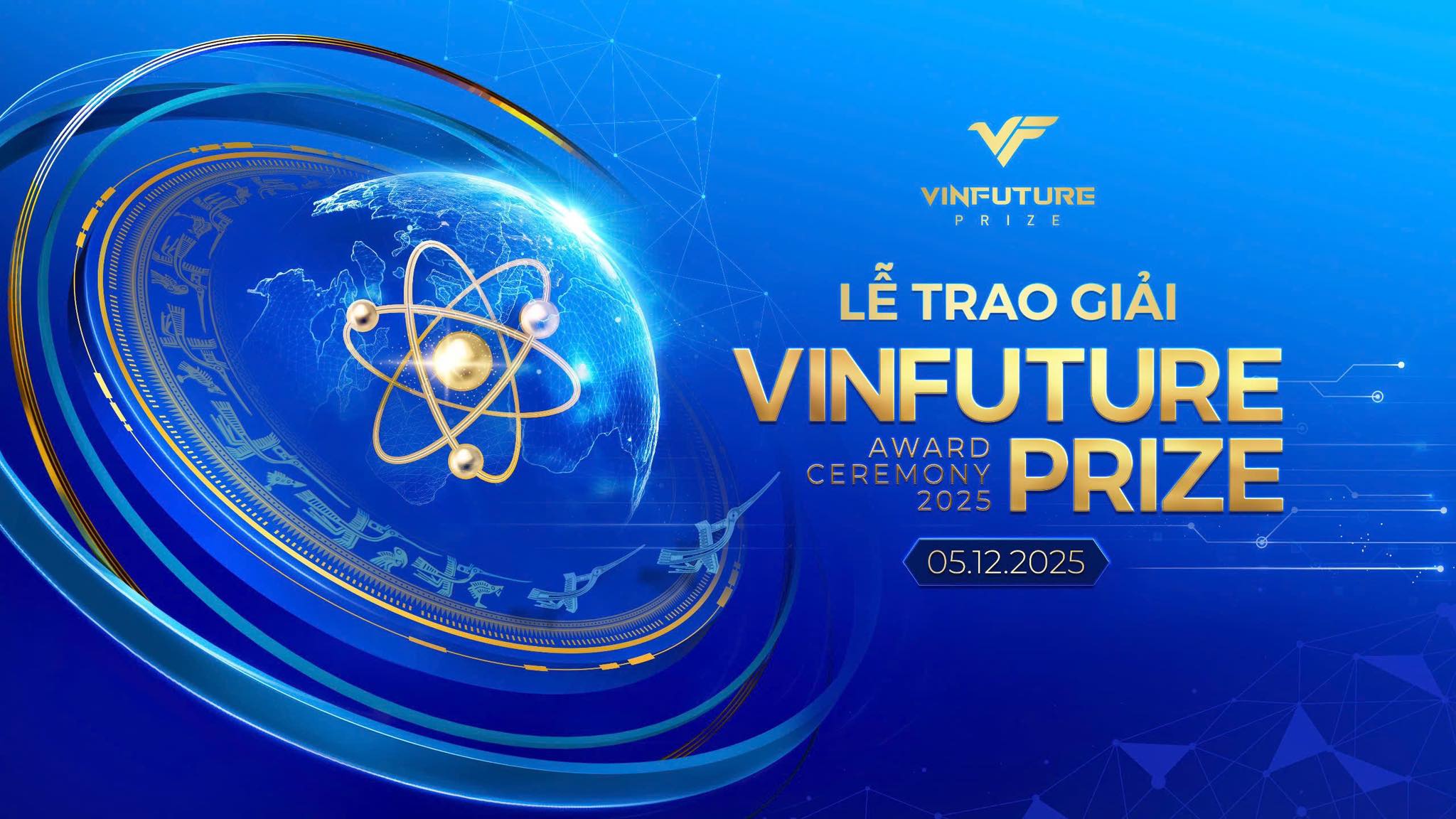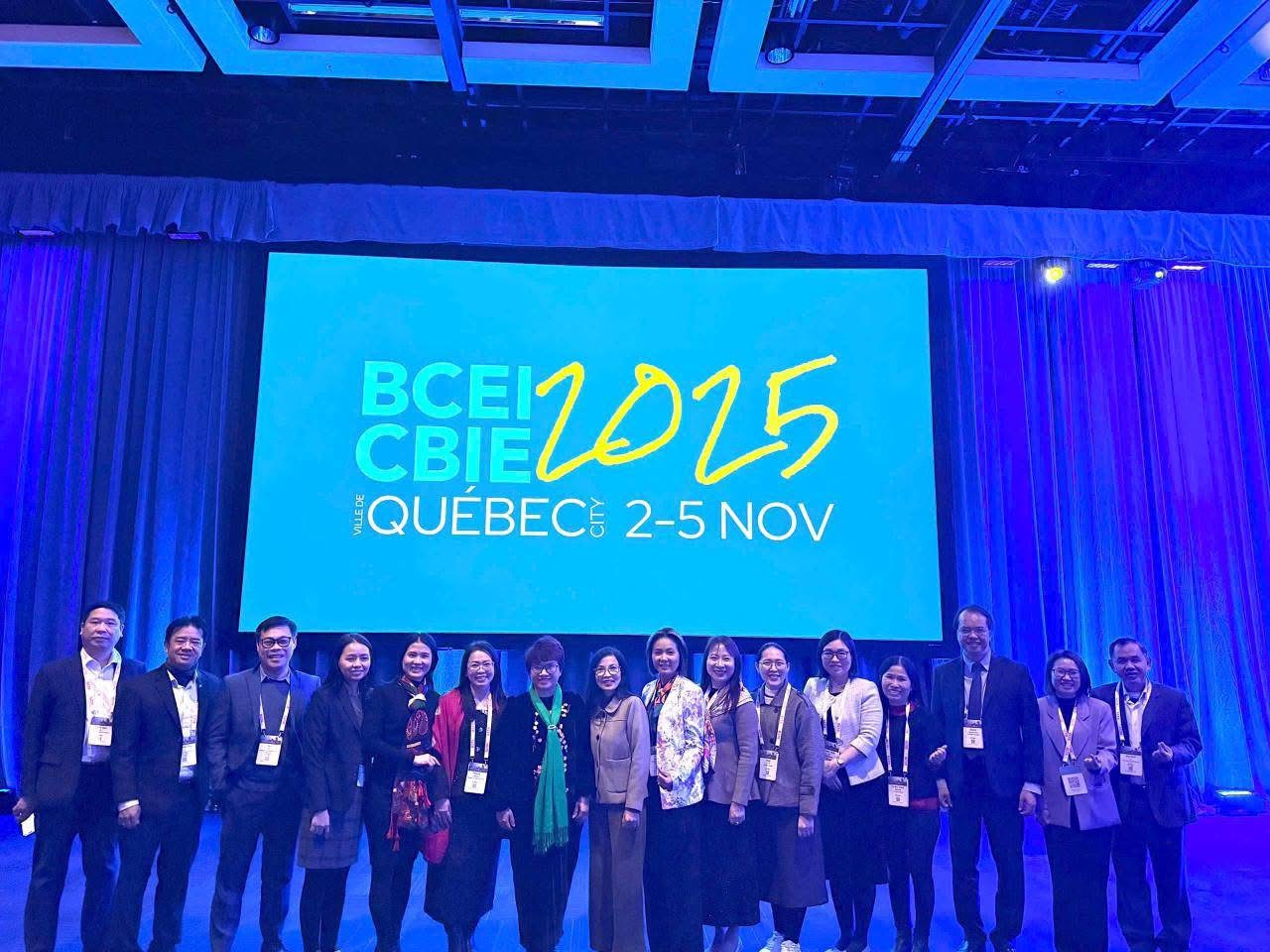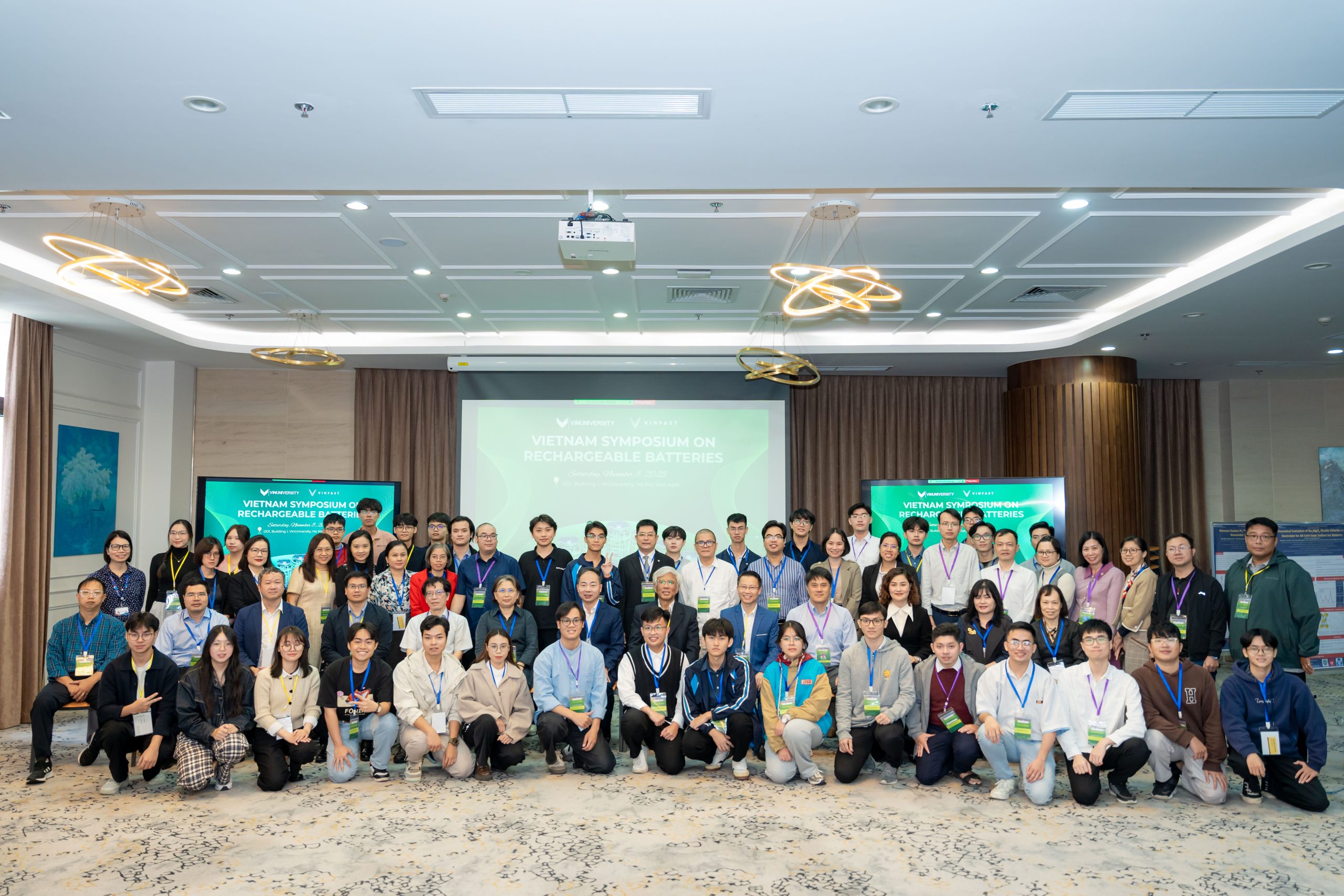Global mindset is needed in developing human resources in the AI and semiconductor industry. Not only in Vietnam, but Asia and many places around the world are facing a shortage of high-quality manpower for many “hot” industries aimed at sustainable development in Vietnam, including AI and semiconductors. Recently, VinUni, ADB, AWS, along with many experts, organized a roundtable discussion to address this issue.
“The epicenter” of the semiconductor industry, AI
The significant roles of the semiconductor industry and AI were emphasized during the roundtable conference titled “Vietnam human capital development in artificial intelligence and semiconductor industry for innovation” organized by VinUni and OITI. It attracted the participation of numerous experts and leading researchers from VinUni, ADB, AWS Amazon, and strategic partners from online hubs in Long An, Da Nang, and Ho Chi Minh City.

Prof. Laurent El Ghaoui, Vice Rector of VinUni, stressed that this issue presents both opportunities and challenges in Vietnam, especially with the strategic position of the AI sector in Vietnam.
“We need to be insightful and cautious in the application of AI and be flexible to understand our role in the value chain of semiconductors and artificial intelligence worldwide. These two themes are practically related to each other, with many real-world applications. Vietnam needs to prepare the necessary resources and capabilities because this is a long process of establishing a foothold in the semiconductor and artificial intelligence chain,” Prof. Laurent said.

According to experts from ADB, through surveys, ministries, sectors, and localities are all concerned about the ecosystem of human resources established by companies/corporations and institutions/universities. They also noted that semiconductors are the foundation of major technologies, from sensors to smart technologies, transportation, healthcare, etc. Therefore, focusing on human resource training is a priority, and Vietnam needs to pay attention to long-term planning for the future.
Mr. Nguyen Anh Thi, Head of the Management Board of Ho Chi Minh City High-Tech Park, stated that Singapore and Malaysia are also facing a shortage of manpower in these two industries. This is a global issue. According to him, what needs to be done is to develop human resources with a global mindset. In the short term, by 2030, there is a need to create social awareness, shift human resources, attract foreign investment, and “send” personnel for training abroad. In the long run, the goal is to become a pioneering country in training.
What preparations are needed for the demand for 50,000 semiconductor and chip industry workforce?
An important figure mentioned by experts is that Vietnam will need a total of 50,000 skilled workers in the semiconductor and chip industry. According to Prof. Laurent, to train a workforce that not only meets the quantity but also the quality, a comprehensive strategy is required. To accelerate and enhance the capacity of human resources, it is necessary to leverage the existing educational foundation, utilize even small investments, and leverage technological platforms.
Furthermore, to train skilled personnel, there is a need for good instructors and a vision in human resource training to produce skilled, practical individuals who bring value to the industry. “Training instructors should be Vietnamese because English is not everyone’s strength. Interaction and clarification should be in Vietnamese to provide the best support for learners,” he said.
Prof. Laurent also analyzed that in the past, students had to bear the risk and financial costs associated with their degrees. They faced a “gamble” of investment without any promises of finding jobs matching their investments. This can be adjusted towards a proactive approach from all involved parties, including businesses and educational institutions.
“Training units need to understand the recruitment needs of businesses so they can collaborate, design short courses to work with businesses, and determine the content that the company needs. Instructors will assist in designing programs and courses according to that direction. It could be a course from 3 to 6 months. With good results, I believe that learners will soon meet the requirements when they understand the reality of the business, ready to officially participate in the company’s projects. To achieve this, there needs to be smooth and consistent coordination between units, from building policy frameworks to curriculum development. Only then can the effectiveness of investing in human resources be enhanced.”

During the roundtable discussion, many experts agreed that there is currently a “death valley” in investment and promoting the development of human resources for AI and the semiconductor industry. For instance, the allocation of early-stage investment capital for potential projects is still not reasonable. While the state has provided basic support for research topics, there is still a gap between bringing prototype products to the market and creating complete products, especially in the field of AI. There have been many success stories in AI projects, but they have only stopped at the incubation and early investment stages. Most projects then have to rely on foreign funding for subsequent stages.


